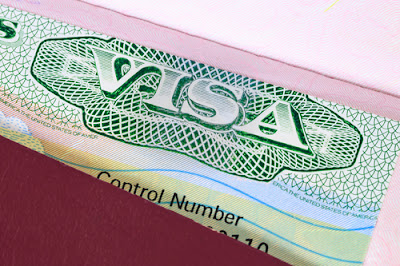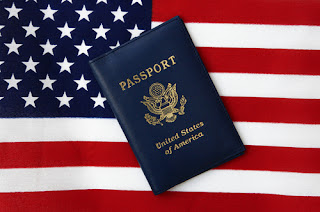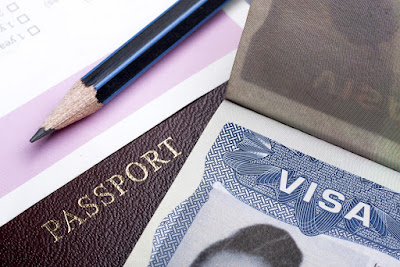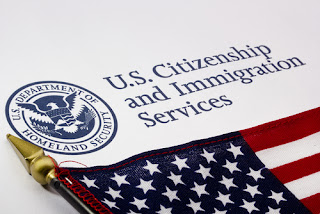What is an L1B Visa?
The L1 visa category is a nonimmigrant work visa category for intracompany transferees. It allows a U.S. employer to petition for certain foreign workers who work for a related foreign employer. There are two types of workers eligible for L1 classification. L1A visas are for persons who will work in a managerial or executive capacity. The L1B visa category is for those who will work in a “specialized knowledge” capacity.
L1 Classification in General
In order to petition for an L1B specialized knowledge intracompany transferee, the petitioner must be a parent, branch, affiliate, or subsidiary of the foreign employer. Furthermore, the petitioner must be “doing business” in the United States and at least one other country through a parent, branch, affiliate, or subsidiary business. Under certain cases, a petitioner may be opening what is called a “new office” in the United States.
The beneficiary of the L1B petition must have been employed continuously at the foreign employer continuously for one year within the three years immediately preceding the filing of the petition.
L1B Specialized Knowledge Capacity
Under section 214(c) of the INA, an employee who is serving in a “specialized knowledge capacity” either “has a special knowledge of the company product and its application in international markets or has an advanced level of knowledges and processes and procedures of the company.”
Regulations in 8 C.F.R. 214.2(l)(1)(ii)(D) explain that the L1B beneficiary may have specialized knowledge of the petitioner’s “product, service, research, equipment, techniques, management, or other interests and its application in international markets, or an advanced level of knowledge or expertise in the organization’s processes and procedures.”
On August 17, 2015, the United States Citizenship and Immigration Services (USCIS) released a comprehensive memorandum titled “L1B Adjudications Policy (PM-602-0111)” that set forth rules for determining whether a person is working in a specialized knowledge capacity for L1B visa purposes. The memo explained that “special knowledge” must be “distinct or uncommon” compared to the knowledge that would generally be found in the worker’s industry. However, in a key point, the memo explained that the knowledge need not necessarily be uncommon in the petitioner’s organization. However, if the worker is seeking status based on “advanced knowledge of processes and procedures of the company” rather than general specialized knowledge, the advanced knowledge must be uncommon in the petitioning organization as well.
The memo instructs USCIS adjudicators to consider whether (paraphrased):
- The beneficiary’s knowledge can normally be gained through experience with the petitioning organization;
- The beneficiary possesses knowledge of a product or process that is not easily transferrable;
- The beneficiary’s knowledge of a product or process is sophisticated, complex, or of a highly technical nature; and
- The beneficiary possesses knowledge that is particularly helpful to the competitiveness of the petitioning organization.
In supporting the eligibility of an L1B specialized knowledge worker, the petitioner must submit evidence regarding the effect the beneficiary would have on the petitioner, the qualifications of the beneficiary, and that the beneficiary’s knowledge can only be gained through experience or training with the petitioning organization.
A determination of eligibility will be made based on the weight of the evidence. Thus, the evidence will be considered in the aggregate.
It is worth noting that a petition under an approved L1 blanket petition may only be filed for an L1B specialized knowledge “professional.” For individual L1B petitions that are not filed under an L1 blanket petition, the specialized knowledge worker need not necessarily be a specialized knowledge “professional.”
Being on L1B Status
A person may be admitted in L1B status for an initial period of up to three years. However, if the L1B specialized knowledge intracompany transferee is admitted to work in a “new office,” the initial period of admission may not exceed one year. An L1B intracompany transferee may be approved for extensions in two-year increments for up to five years in the aggregate. Under certain circumstances, time spent outside of the United States while on L1B status may be “recaptured” and added to the maximum five-year period of stay. If an L1B employee’s duties change significantly while on L1B status, the petitioner will be required to file an amended L1B petition. However, if an L1B specialized knowledge professional who gained status under a blanket petition is being transferred from one employer listed on the blanket petition to another, an amended petition will not be required so long as the L1B employee’s duties remain “essentially the same.”
An L1B employee is only authorized to engage in employment for the petitioner. If he or she works “off-site,” the L1B employee must still be under the “control and supervision” of the petitioning organization and not of the unaffiliated organization. It will be important for the petitioner to compile evidence showing that the arrangement meets this requirement.
Derivatives
The spouse or child of an L1B employee may be eligible for an L2 visa if otherwise admissible. Time spent on L2 status does not count toward the five-year limit on L1B status. Therefore, it is possible for an L2 spouse to obtain a change of status to L1 (if otherwise eligible) and for the former L1B employee to obtain L2 status in turn. An L2 spouse may apply for employment authorization but may not work without such authorization. An L2 child may attend school full time incidentally to status.
Conclusion
The L1B visa category is an important work visa category for transferring foreign workers to the United States in nonimmigrant status. Because the application process requires substantial evidence as to the petition beneficiary’s previous work and proposed duties in the United States, it is well advised that petitioners consult with an experienced immigration attorney for guidance through the application process and on questions that may arise regarding L1B workers in the United States. L1B employees as well as L2 derivatives should consult with an experienced immigration attorney for questions regarding the maintenance of status, change of status, and adjustment of status.
Please visit the nyc immigration lawyers website for further information. The Law Offices of Grinberg & Segal, PLLC focuses vast segment of its practice on immigration law. This steadfast dedication has resulted in thousands of immigrants throughout the United States.
Resources and materials:
Alexander J Segal - "L1B Visa Overview", "Overview of Requirements for L1 and L2 Visas"
Lawyer website: http://myattorneyusa.com










